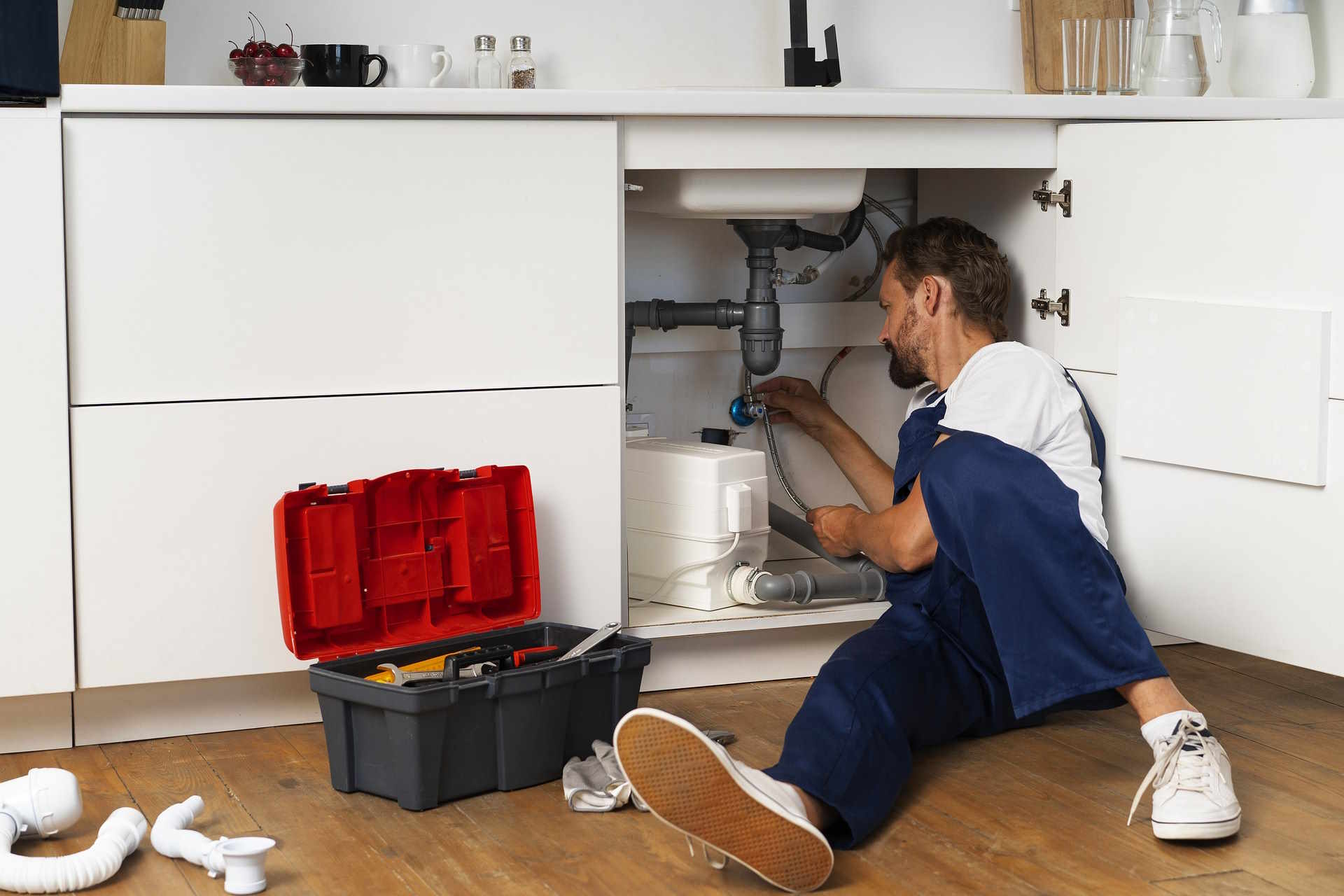General repair guide for house, roof, foundation, and kitchen
General repair covers the routine fixes and occasional emergencies that keep a house functioning and safe. Whether you own a newer home or an older property, learning how to prioritize repairs, recognize warning signs, and decide when to call a professional will protect your investment and improve daily comfort. This guide walks through common repair areas and maintenance habits that reduce long-term costs and preserve home value.

House: Where to start with general repairs
Start general repair work by conducting a basic walk-through of the house. Look for visible issues such as sticking doors and windows, peeling paint, loose trim, water stains, or irregular sounds from plumbing and heating systems. Create a prioritized list: safety and weatherproofing first, cosmetic fixes later. Keep basic tools and supplies on hand—screwdrivers, adjustable wrench, utility knife, caulk, paint touch-up, and a flashlight. Document problems with photos and dates so you can track worsening conditions. For complex systems like electrical panels or gas appliances, schedule inspections with licensed local services in your area rather than attempting risky DIY work.
Home: Routine maintenance checklist
Regular maintenance prevents many common repair needs. Quarterly checks of smoke and CO detectors, seasonal HVAC filter changes, and gutter cleaning after leaves fall will reduce wear. Inspect plumbing for leaks under sinks and around toilets every few months; even small drips lead to bigger damage. Maintain exterior paint and siding to guard against moisture intrusion. For rental properties or older homes, keep receipts and a maintenance log to show work history. If you’re unsure how to perform a task, consult manuals, manufacturer guidance, or a qualified technician from local services to ensure repairs are done safely and to code.
Roof: Common issues and practical fixes
Roof problems often start small—missing shingles, cracked flashing, or clogged valleys—and lead to leaks if neglected. After storms, safely inspect the roofline from the ground with binoculars for sagging or visible damage. Replace a few shingles if you’re comfortable and the slope is low, but hire a licensed roofer for extensive damage, large repairs, or work on steep roofs. Check attic insulation and ventilation, which affect roof lifespan and energy efficiency. Addressing moss or algae growth with appropriate cleaners and gentle rinsing extends roof life; avoid pressure washing, which can dislodge protective granules.
Foundation: Signs of trouble and immediate steps
Foundation issues can be serious and often show as cracks in walls, doors or windows that bind, uneven floors, or separations at baseboards. Hairline cracks in concrete or mortar are common and may be addressed with epoxy or sealant, but horizontal cracks, large gaps, or sudden changes in performance merit a professional inspection. Manage drainage around the foundation: ensure gutters direct water away from the house, maintain sloping soil away from the foundation, and repair downspouts. If you observe persistent moisture in basements or crawl spaces, use dehumidifiers and consult structural or foundation specialists from local services to assess settlement or hydrostatic pressure problems.
Kitchen: Practical repairs and when to upgrade
The kitchen sees heavy daily use, so plan for ongoing repairs to faucets, cabinet hardware, countertops, and appliances. Small leaks under sinks, loose cabinet hinges, or worn-out caulking around sinks and backsplashes are typical fixes that prevent water damage. For appliance repairs, check manufacturer warranties and user manuals before replacing parts; many minor issues like clogged filters or faulty seals are straightforward. Consider upgrades when repairs are costly or repeated failures occur—replacing a failing sink or reconfiguring cabinets can improve function and efficiency. For gas appliances or major electrical work, hire licensed technicians from reputable local services to ensure safety and code compliance.
Conclusion
General repair for a house and home focuses on early detection, basic preventive maintenance, and realistic decisions about DIY versus professional work. Regular inspections of the roof and foundation, timely plumbing and kitchen fixes, and keeping a maintenance log reduce the chance of costly emergencies. When in doubt, seek licensed local services in your area for inspections or repairs that involve structural, electrical, or gas systems. Thoughtful upkeep preserves your home’s function and resale value without unnecessary expense.






